Combat Rock by The Clash
Buy Combat Rock The last significant album by The Clash came in 1982 with Combat Rock. The album follows the experimental triple album Sandinista!, which itself followed the double album London Calling. The […]
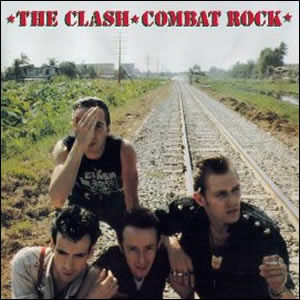
Buy Combat Rock The last significant album by The Clash came in 1982 with Combat Rock. The album follows the experimental triple album Sandinista!, which itself followed the double album London Calling. The […]

Buy Coda Coda is a unique album for us to review. Although it is listed officially as the ninth and final studio album by Led Zeppelin, it could just as well be listed […]
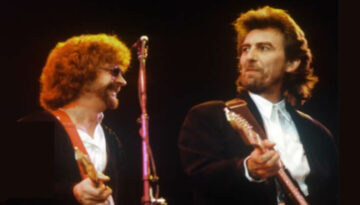
After a long hiatus from the regular recording process, former Beatle George Harrison teamed up with former Electric Light Orchestra front man Jeff Lynne to produce Cloud Nine. This was Harrison’s tenth solo […]
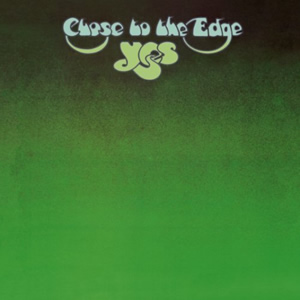
Buy Close to the Edge The group Yes reached their progressive pinnacle with the 1972 album Close to the Edge. Containing just three extended tracks, the album became Yes’s greatest commercial success to […]
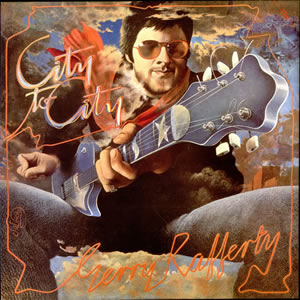
Buy City to City Gerry Rafferty was an artist who really didn’t like fame all that much. In fact, he once walked out on his former band, Stealers Wheel, shortly after they topped […]
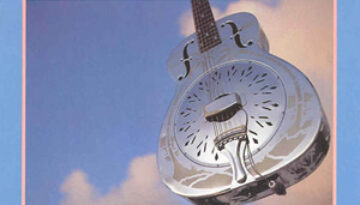
Buy Brothers In Arms Dire Straits reached their commercial peak and achieved worldwide fame with their fifth studio album, Brothers In Arms. All the songs on this album were composed by lead vocalist […]
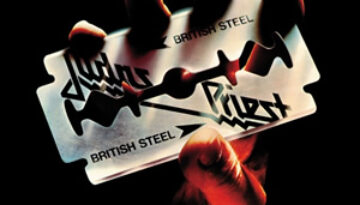
Buy British Steel British Steel was the album where Judas Priest finally found a mainstream American audience and launched the heavy metal band into stadium headliners. The album reached the Top 40 in […]
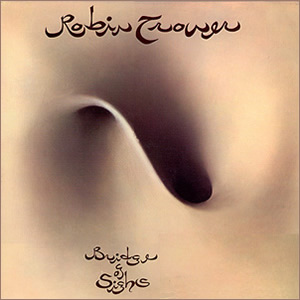
Buy Bridge of Sighs Full of subtle but solid and rewarding tracks which are well composed and sonically masterful, Bridge of Sighs is the album where Robin Trower may have advanced the rock […]
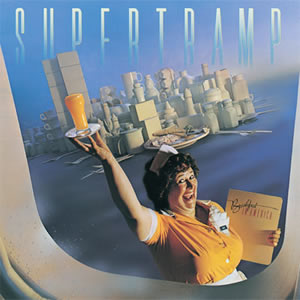
Buy Breakfast In America Breakfast In America is, at once, an artistic statement and a pure pop record. This sixth overall album by Supertramp was composed and recorded after the British group relocated […]

Buy Brand New Day Sting‘s sixth solo record, Brand New Day was a 1999 critical and commercial success that ultimately earned a Grammy Awards for both Best Pop Vocal Album and Best Male […]